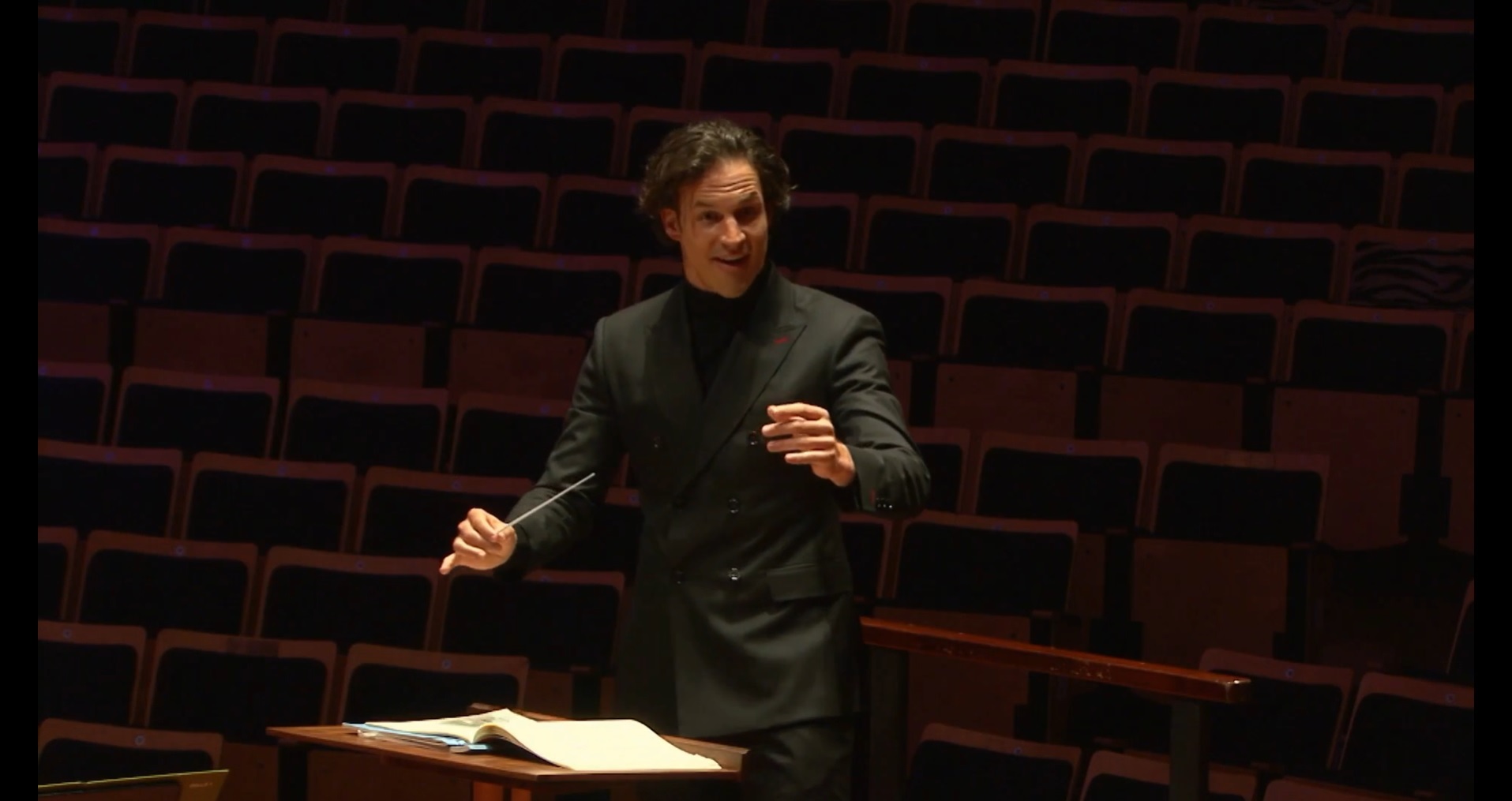Tag: Bournemouth Symphony Orchestra
-

Review: Andreas Ottensamer makes UK conducting debut with the Bournemouth Symphony Orchestra
Ottensamer’s youthful presence and long frame has a whiff of Hector Berlioz about it. A demonstrative artist making his debut in challenging circumstances.
-

Bournemouth Symphony Orchestra sells 16K digital tickets plus a new season for 2021
Kudos to the Bournemouth Symphony Orchestra for stepping up to the plate and releasing their digital ticket sales figures for their Autumn 2020 season: a useful benchmark which can help producers get a sense of what defines success in the digital realm. The near-16,000 digital tickets sold for twelve concerts is impressive because it has…